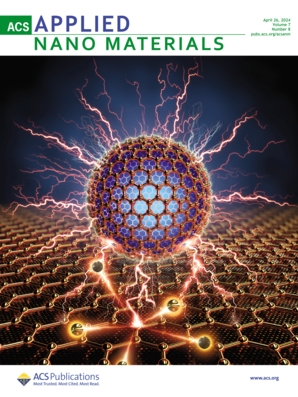三维生物打印明胶甲基丙烯酰水凝胶培养系统模拟输卵管环境,促进植入前胚胎发育
IF 5.3
2区 材料科学
Q2 MATERIALS SCIENCE, MULTIDISCIPLINARY
引用次数: 0
摘要
输卵管具有特定的生物力学特性,可支持受精和植入前胚胎发育,而这两者对于成功妊娠都至关重要。然而,传统的基于塑料的人类胚胎培养并不能再现输卵管的生物力学环境。因此,能够准确模拟生殖细胞生物物理条件的输卵管模拟培养系统是一项尚未得到满足的重大临床需求。在本研究中,我们设计了一种三维(3D)生物打印最佳软水凝胶系统,该系统可精确模拟输卵管环境,并研究胚胎发育过程中的信号传导因素。我们利用明胶甲基丙烯酰(GelMA)三维生物打印水凝胶开发了一个模仿输卵管管的水凝胶培养皿。水凝胶机械性能的定量评估取决于 GelMA 三维生物打印水凝胶的硬度。胚胎质量根据 GelMA 水凝胶上的裂解速度和囊胚率进行评估。胚胎的全转录组新一代测序(NGS)分析用于确定生物力学信号传导因子。我们的研究结果表明,在 10 kPa GelMA 水凝胶培养条件下,胚胎的发育速度、囊胚率和孵化率均优于对照条件。全转录组 NGS 显示,7 kPa 和 10 kPa 水凝胶上调了 mRNA 处理基因和蛋白质转运基因。此外,在 10 kPa 水凝胶培养皿上培养的囊胚的内细胞质量和 Oct4+ 细胞数量明显高于在传统硬塑料培养皿上培养的囊胚。这些研究结果表明,优化的仿输卵管水凝胶三维凝胶MA培养皿可改善体外胚胎发育。因此,三维 GelMA 培养皿可作为人类胚胎培养系统用于辅助生殖技术。本文章由计算机程序翻译,如有差异,请以英文原文为准。
3D-bioprinted gelatin methacryloyl hydrogel culture system emulating the oviduct environment for enhanced preimplantation embryo development
Oviducts have specific biomechanical properties that support fertilization and preimplantation embryo development, both of which are essential for successful pregnancy. However, conventional plastic-based human embryo culture does not recapitulate the biomechanical environment of the oviduct. Therefore, oviduct mimic culture systems that accurately emulate biophysical conditions for reproductive cells are a significant unmet clinical need. In the present study, we designed a three-dimensional (3D)-bioprinted optimal soft hydrogel system that accurately mimics the oviduct environment and investigated signaling factors during embryo development. We developed an oviduct tube-mimic hydrogel culture dish using gelatin methacryloyl (GelMA) 3D-bioprinted hydrogel. Quantitative assessment of hydrogel mechanical properties depended on the stiffness of the GelMA 3D-bioprinted hydrogel. Embryo quality was evaluated based on cleavage speed and blastocyst ratio on the GelMA hydrogel. Whole-transcriptome next-generation sequencing (NGS) analysis of embryos was used to identify biomechanical signaling factors. Our findings revealed that 10 kPa GelMA hydrogel culture conditions performed better with respect to development speed, blastocyst ratio, and hatching ratio than the control condition. Whole transcriptome NGS revealed up-regulation of mRNA processing genes and protein transport genes by the 7 and 10 kPa hydrogels. Furthermore, the inner cell mass and the number of Oct4+ cells were significantly higher in blastocysts cultured on 10 kPa hydrogel dishes than in those cultured on conventional hard plastic dishes. These findings demonstrate that optimized oviduct-mimic hydrogel-based 3D GelMA culture dishes could improve in vitro embryo development. Hence, 3D GelMA culture dishes may be useful as human embryo culture systems for assisted reproductive techniques.
求助全文
通过发布文献求助,成功后即可免费获取论文全文。
去求助
来源期刊

ACS Applied Nano Materials
Multiple-
CiteScore
8.30
自引率
3.40%
发文量
1601
期刊介绍:
ACS Applied Nano Materials is an interdisciplinary journal publishing original research covering all aspects of engineering, chemistry, physics and biology relevant to applications of nanomaterials. The journal is devoted to reports of new and original experimental and theoretical research of an applied nature that integrate knowledge in the areas of materials, engineering, physics, bioscience, and chemistry into important applications of nanomaterials.
 求助内容:
求助内容: 应助结果提醒方式:
应助结果提醒方式:


